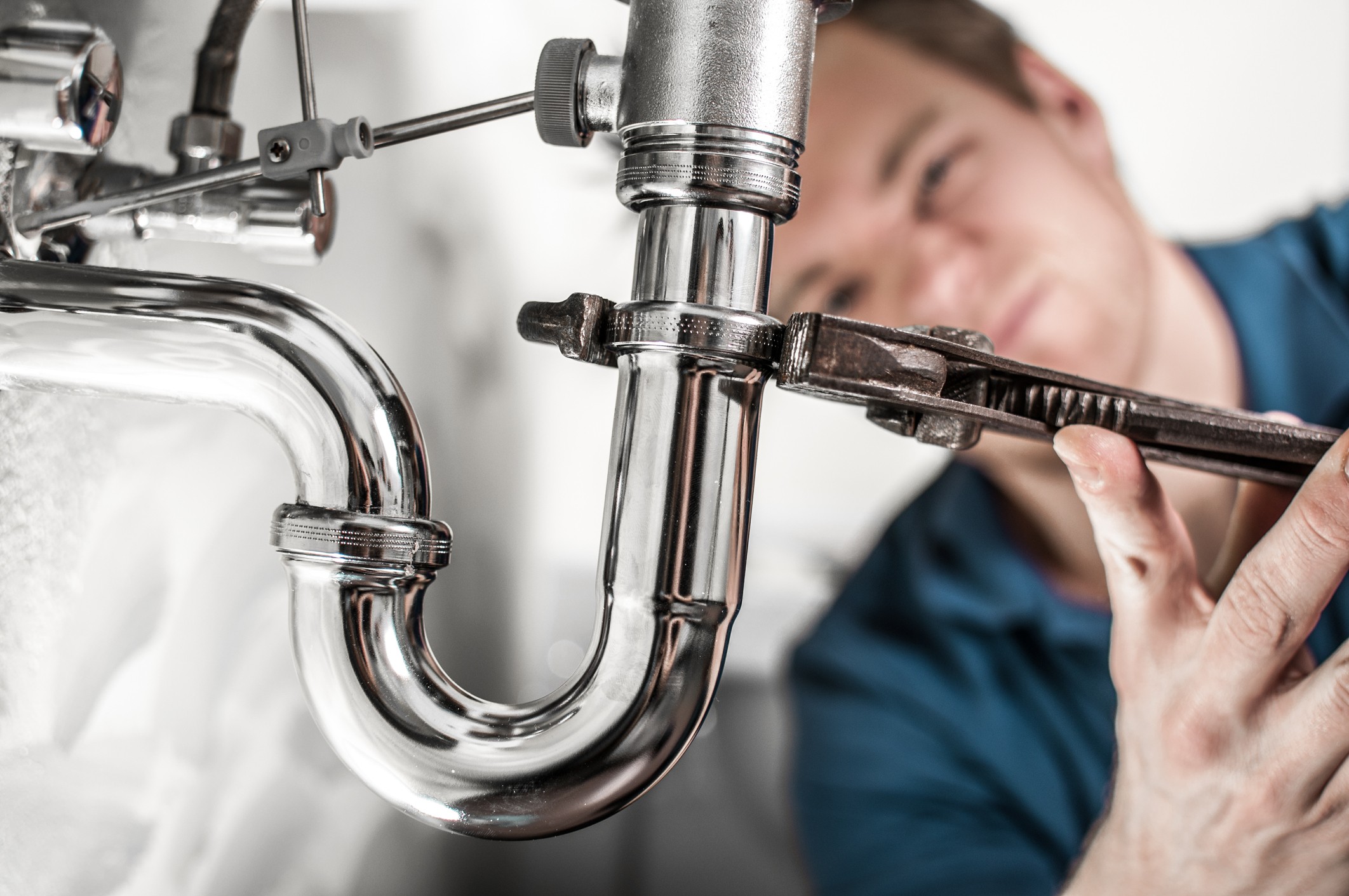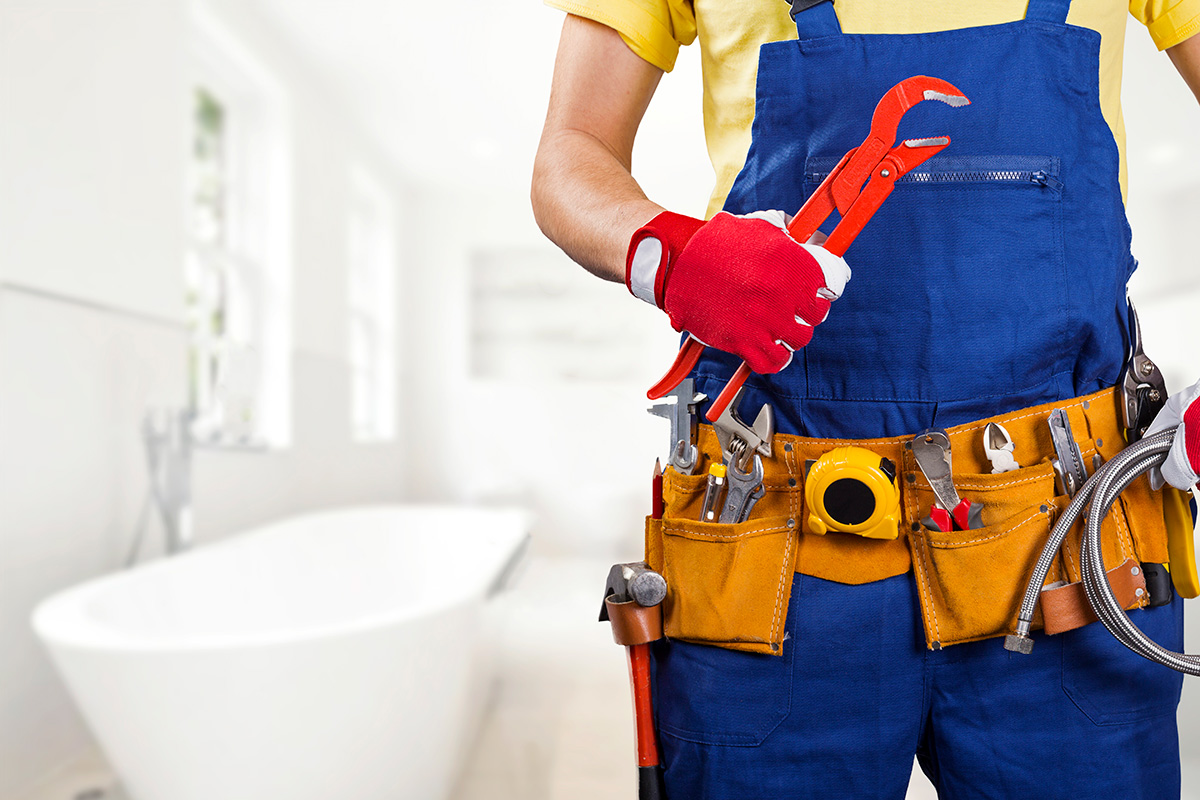Essential Plumbing Alabaster AL Tips for Homeowners
Essential Plumbing Alabaster AL Tips for Homeowners
Blog Article
A Detailed Guide to Effective Water Heater Setup for Optimum Efficiency
Embarking on the task of installing a water heating system is a venture that demands precision and a methodical approach for accomplishing optimal efficiency. As you proceed, the details of linking water supply lines and establishing up trusted electrical or gas links await, encouraging insights right into guaranteeing efficiency and dependability.
Selecting the Right Hot Water Heater

Next, think about the dimension and capacity of the water heating unit. It's crucial to analyze your house's warm water requirements, which can differ based upon the number of residents and their use patterns. A device that's also small may cause insufficient warm water, while an extra-large model may cause unnecessary power intake.
Effectiveness rankings also play an essential role in choice. Search for hot water heater with high Power Element (EF) scores, suggesting superior performance and lowered energy usage. Tankless models, though usually much more expensive upfront, offer significant power financial savings gradually because of their on-demand heating capabilities.
Preparing the Installation Area
Prior to mounting a brand-new water heater, meticulous prep work of the installment area is important. It's essential to gauge the area thoroughly to fit the water heater's measurements, guaranteeing adequate clearance around the device for effective operation and maintenance.
Inspect the floor for stability, as the water heater will need a strong, degree surface area to run successfully. If needed, set up a drip frying pan underneath the system to catch potential leakages or spills, protecting against water damages to the surrounding location.
In addition, ensure that all essential devices and materials get on hand prior to starting the installation. This includes items such as wrenches, screwdrivers, a degree, and any kind of added equipment needed for securing the heating unit and installing. A well-prepared installment location establishes the foundation for a successful water heating system arrangement, optimizing efficiency and safety and security.
Connecting Water System Lines
When attaching water supply lines to your freshly installed water heater, it is important to guarantee that all connections are safe and secure and leak-free to maintain efficient procedure and prevent water damages. Begin by identifying the hot and cold water lines. The chilly water inlet is generally noted with a blue label or a "C", while the warm water electrical outlet is marked with a red label or an "H".
Usage versatile hot water heater ports to help with an easier installment process. These connectors can soak up resonance resource and enable for small movement, reducing the risk of leakages. Before affixing the ports, put a plumber's tape around the threaded ends of the water heating system's inlet and electrical outlet pipes - Plumbing Services Alabaster AL. This tape works as a sealer, avoiding leaks. Carefully connect the versatile pipes to the respective inlet and electrical outlet, ensuring that they are not over-tightened however tight, which can damage the strings.
As soon as links remain in place, slowly activate the main water system shutoff. Check each connection for leakages by aesthetically inspecting and feeling for wetness. Tighten links as required, and make sure the pressure safety valve is properly installed, guarding against excessive stress accumulation.
Establishing Electric or Gas Links
Appropriately establishing up the electrical or gas links for your water heater is a critical action to guarantee safe and effective procedure. For electric hot water heater, begin by validating that the electric circuit works with the heating system's voltage and amperage demands. Make certain the power supply is switched off at the breaker to avoid mishaps. Connect the electric cables to the heating unit adhering to the maker's circuitry representation. Typically, this entails linking the ground cable to the green terminal, and the continuing to be cables to their corresponding terminals, safeguarding each with cable nuts.
For gas water heating units, safety and security is critical. Link the gas line to the water heater using an adaptable gas port, ensuring it is appropriately threaded and secured with pipe joint compound or Teflon tape ideal for gas connections.
Once connections are made, evaluate for any possible leakages. For gas lines, apply a soapy water option to the joints; bubbles indicate a leak. For electric links, double-check that all electrical wiring is safe and properly insulated, preserving conformity with neighborhood electric codes.
Readjusting and examining for Efficiency
With the electric and gas links safely in location, the following action is evaluating the operational performance of your water heating system. Begin by meticulously transforming on the water supply and making sure there are no leaks at any of the valves or joints.
Following, execute a comprehensive examination to make certain the home heating aspects or gas burners are functioning correctly. For electrical heating units, use a multimeter to verify if the components are attracting the appropriate current. In gas models, observe the burner fire; it needs to be stable and blue, indicating reliable combustion.
Adjust the setups as required to remove ineffectiveness. Consider executing insulation steps, such as including a water heater blanket, to further enhance performance by reducing heat loss. In addition, inspect the anode rod's problem, as a worn-out rod can minimize performance and result in container corrosion.
Final Thought
Efficient water heating unit installment is important for guaranteeing optimum performance and power savings. By choosing the ideal type and dimension, and meticulously preparing the setup location, a structure for success is established. Safely attaching water system lines and carefully establishing electric or gas connections lessen potential problems. Detailed testing for leakages and precise thermostat modifications to 120 ° F boost dependability and effectiveness. Abiding by these actions promotes long-lasting capability and power preservation in residential water heating unit.

Appropriately establishing up the electric visit our website or gas links for your water heating system is an essential step to make certain reliable and safe operation. For electrical water heating systems, start by verifying that the electric circuit is suitable with the heater's voltage and amperage needs. Connect the gas line to the water heating system using an adaptable gas adapter, ensuring it is effectively threaded and sealed with pipe joint compound or Teflon tape suitable for gas links.
Report this page